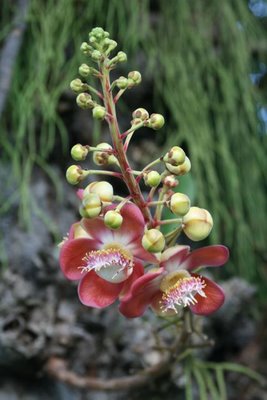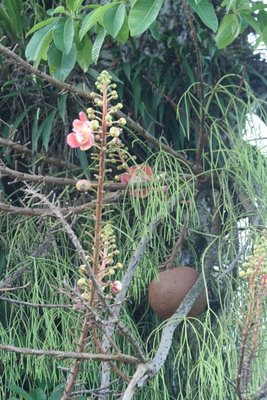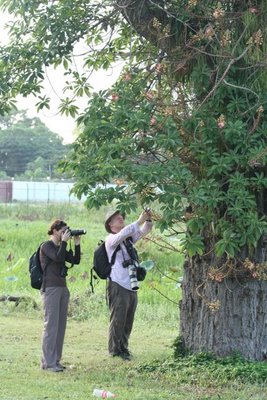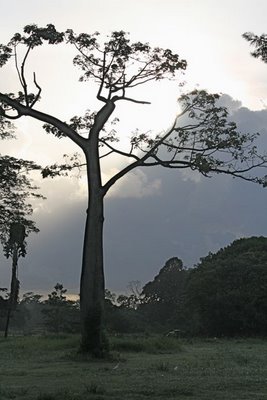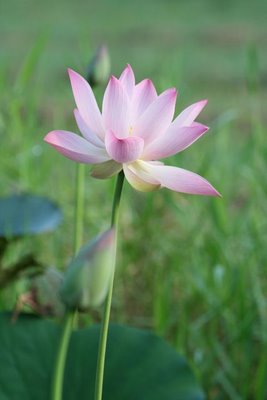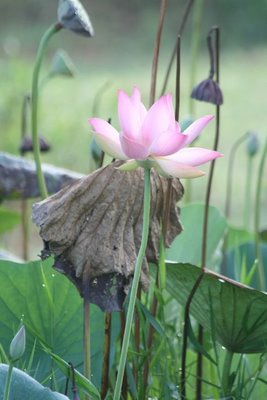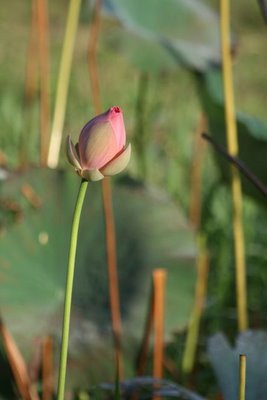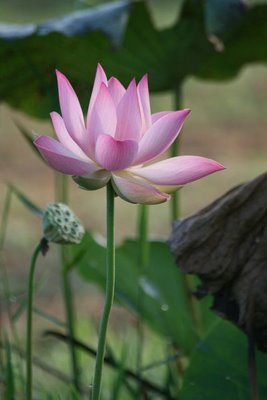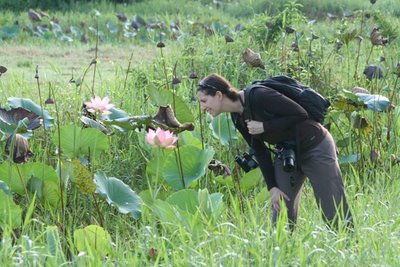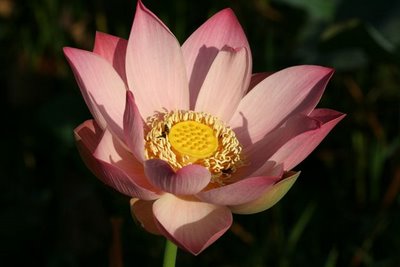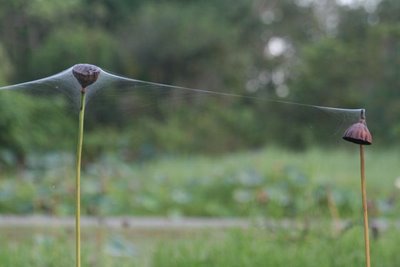Marsh Birds of Guyana
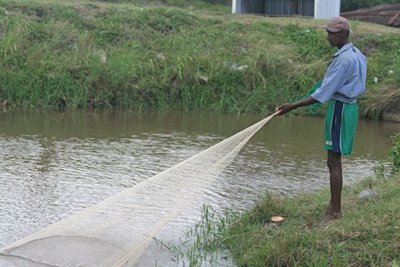
Guyana is a wet, wet place. The coast lies 7 feet below sea level, and it's marshy and springy. People fish in the ditches right in town. We saw some large edible-looking fish roiling around where this man was fishing along the main highway.
So the common birds in Georgetown include marsh birds as well as garden birds. This is Donacobius, a black-capped mocking thrush, an odd thrashery yakky bird of tall reeds and somewhat uncertain taxonomic affiliations.
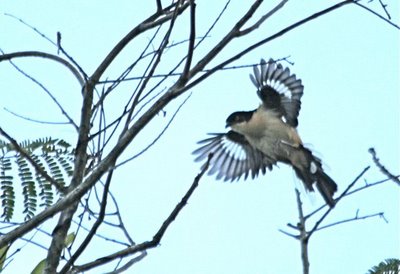 I was thrilled to see greater anis along with the more common smooth-billed kind. Greater anis are beautifully greenish-blue, with a pale eye and a beak like Hekyll and Jeckyll. They live and breed in colonies and blunder around with a weak, floppy flight.
I was thrilled to see greater anis along with the more common smooth-billed kind. Greater anis are beautifully greenish-blue, with a pale eye and a beak like Hekyll and Jeckyll. They live and breed in colonies and blunder around with a weak, floppy flight.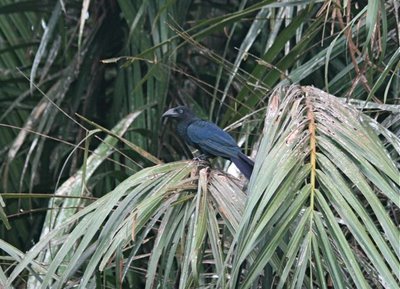 I'd never seen a red-capped cardinal in the wild, but they are absolutely everywhere in Guyana, as common as our northern cardinal is in Ohio. They like rivers and marshes, and fly around in big flocks which include lots of brown-headed immature birds.
I'd never seen a red-capped cardinal in the wild, but they are absolutely everywhere in Guyana, as common as our northern cardinal is in Ohio. They like rivers and marshes, and fly around in big flocks which include lots of brown-headed immature birds.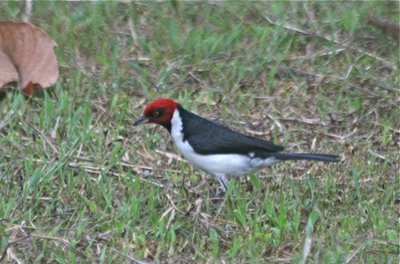
Black-crowned night heron peeks from a low limb.
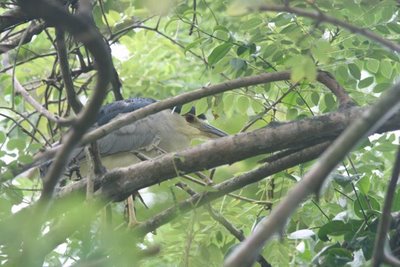 When I was a kid in Virginia, the National Audubon Society aired an ad, constantly, it seemed, about preserving Everglade wetlands for birds like the limpkin. Its rattling call rang regularly through our living room, and I built a childhood mythology around the limpkin, imagining it the rarest and most endangered of species. It is rare in North America (because its primary prey, the apple snail, has a limited North American distribution), but it's tolerably common in Guyana. When this limpkin uttered its resonant call, I was teleported instantly back to the gray couch with Early American eagles all over it in our Virginia living room, with Mom rattling and clanking around in the kitchen.
When I was a kid in Virginia, the National Audubon Society aired an ad, constantly, it seemed, about preserving Everglade wetlands for birds like the limpkin. Its rattling call rang regularly through our living room, and I built a childhood mythology around the limpkin, imagining it the rarest and most endangered of species. It is rare in North America (because its primary prey, the apple snail, has a limited North American distribution), but it's tolerably common in Guyana. When this limpkin uttered its resonant call, I was teleported instantly back to the gray couch with Early American eagles all over it in our Virginia living room, with Mom rattling and clanking around in the kitchen.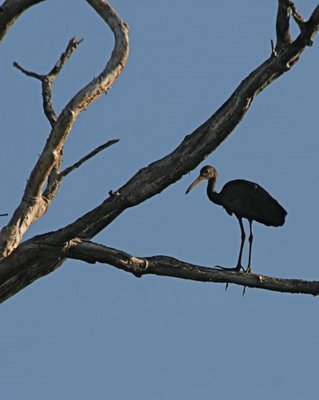 It flew as if it wasn't sure it would be able to land.
It flew as if it wasn't sure it would be able to land.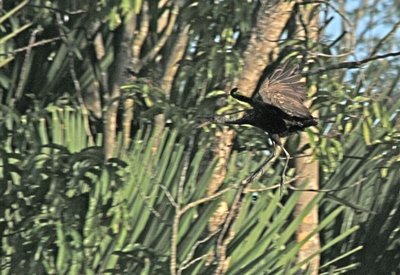 It takes a little while to get accustomed to the fact that the wattled jacana is one of the most abundant birds in Guyana. Every little puddle seems to have them. Still, they are birds of paradise to me, odd and strikingly beautiful. I don't know another bird that has chartreuse wings.
It takes a little while to get accustomed to the fact that the wattled jacana is one of the most abundant birds in Guyana. Every little puddle seems to have them. Still, they are birds of paradise to me, odd and strikingly beautiful. I don't know another bird that has chartreuse wings.Here, a jacana raises those magnificent wings to reveal little orange bony spurs on its wrists, like candy corns. Used in fighting? Dunno. Mystery.
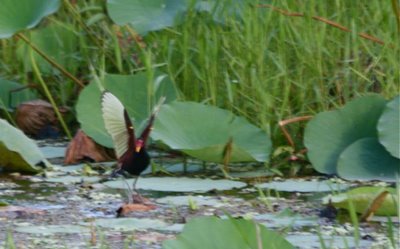 An adult streaked by, with two dependent chicks in tow. I love that the young jacanas look like a completely different and perfectly good species. And it's hard to streak by with six-inch toes. It must be like running in bunny slippers.
An adult streaked by, with two dependent chicks in tow. I love that the young jacanas look like a completely different and perfectly good species. And it's hard to streak by with six-inch toes. It must be like running in bunny slippers.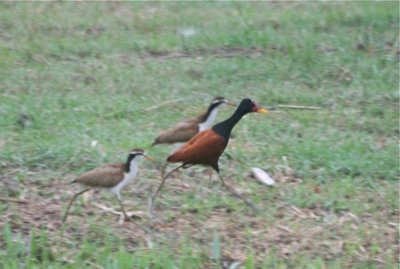 Those toes come in very handy when balancing on lotus and lily leaves, spreading the bird's weight like a snowshoe. "Lilytrotter" is a common name for the jacana. I crouched and tried and tried to get a picture of it lifting those fantastic feet so I could show you its toes, but it was in Shuffle mode. If you look closely you can see two of its toetips toward the front of the lotus leaf. Like I said, very long toes.
Those toes come in very handy when balancing on lotus and lily leaves, spreading the bird's weight like a snowshoe. "Lilytrotter" is a common name for the jacana. I crouched and tried and tried to get a picture of it lifting those fantastic feet so I could show you its toes, but it was in Shuffle mode. If you look closely you can see two of its toetips toward the front of the lotus leaf. Like I said, very long toes.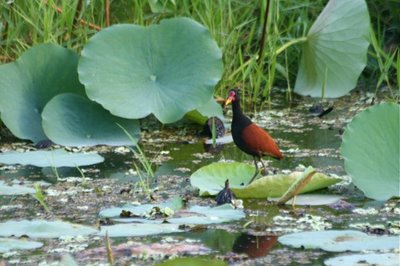 After that, I tried very hard to get a photo of a jacana in flight, because we are not often given to see birds with chartreuse wings in this life. I finally got an image that makes my heart sing. Tim, Shila, this one's for you, wings, toes and all.
After that, I tried very hard to get a photo of a jacana in flight, because we are not often given to see birds with chartreuse wings in this life. I finally got an image that makes my heart sing. Tim, Shila, this one's for you, wings, toes and all.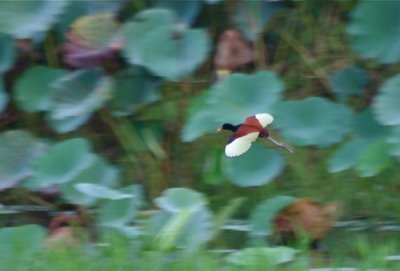
Labels: black-capped mocking thrush, black-crowned night heron, Georgetown Botanic Garden, greater ani, limpkin, National Audubon Society, red-capped cardinal, wattled jacana

